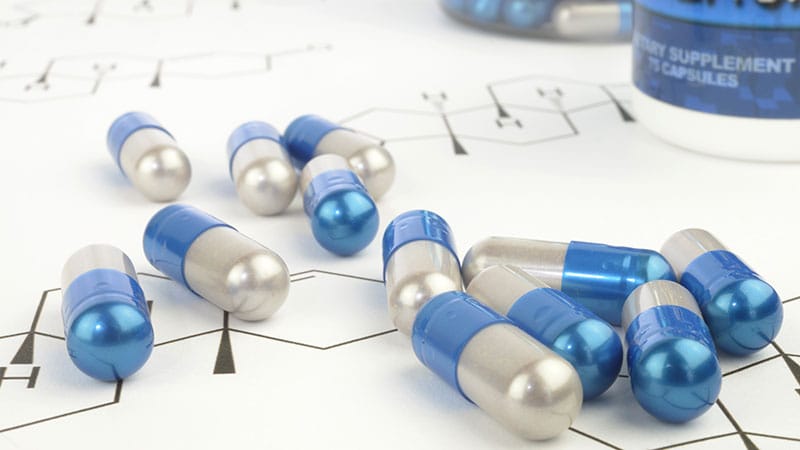[ad_1]
TOPLINE:
In children receiving steroids for renal indications, periodic evaluation of bone mineral density (BMD) can facilitate early detection of bone changes, enabling the reduction of steroid doses and the correction of vitamin D insufficiency.
METHODOLOGY:
- Researchers conducted a clinical trial to analyze the relationship between steroid exposure and changes in BMD among children with renal indications.
- They included 25 children aged 5-18 years (14 girls) who were on steroids for more than 12 weeks for renal indications and maintained an estimated glomerular filtration rate of > 90 mL/min/1.73 m2 and compared them with 25 children without any history of steroid use.
- Steroids were administered to 18 children for nephrotic syndrome, four for lupus nephritis, and one each for Takayasu arteritis, atypical hemolytic-uremic syndrome, and C3 glomerulonephritis.
- All participants underwent blood analysis for the estimation of serum creatinine, albumin, calcium, phosphorus, alkaline phosphatase, vitamin D3, and intact parathyroid hormone levels and dual-energy x-ray absorptiometry for the measurement of total body less head (TBLH) and anteroposterior (AP) spine Z scores.
- A detailed history of the dose and duration of steroid intake, calcium intake, and outdoor activity was also noted.
TAKEAWAY:
- Analysis revealed that bone density, assessed using AP spine Z scores, was low for 84% (21/25) children in the steroid group vs 12% (3/25) children in the nonsteroid group.
- The TBLH Z scores were low for 79% (15/19) children in the steroid group vs 5% (1/21) children in the nonsteroid group.
- Height for age was below the third centile for 36% (9/25) children in the steroid group vs 8% (2/25) children in the nonsteroid group.
- Vitamin D deficiency (serum vitamin D levels
IN PRACTICE:
“BMD study can serve as an ancillary investigation to evaluate early bone changes in children on steroids,” the authors wrote.
SOURCE:
This study was led by Sowrabha Rajanna, MD, JSS Academy of Higher Education and Research, Mysuru, India. It was presented at the World Congress of Nephrology, February 6-9, 2025, New Delhi, India, and published online as an abstract in Kidney International Reports.
LIMITATIONS:
The sample size of this study was small. Moreover, the study lacked normative data on BMD for the pediatric population from India.
DISCLOSURES:
This study received funding through an academic grant. The authors reported having no potential conflicts of interest.
This article was created using several editorial tools, including AI, as part of the process. Human editors reviewed this content before publication.
[ad_2]
Source link : https://www.medscape.com/viewarticle/track-bone-health-kids-steroids-kidney-disease-2025a10003hg?src=rss
Author :
Publish date : 2025-02-11 08:25:22
Copyright for syndicated content belongs to the linked Source.
